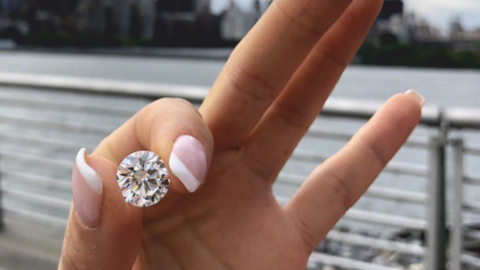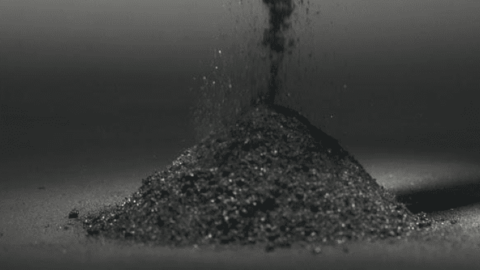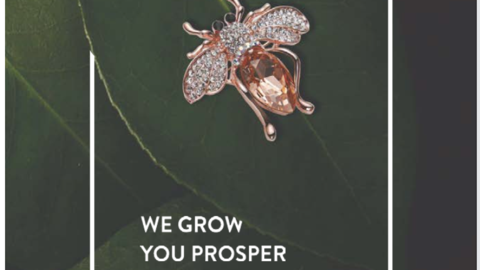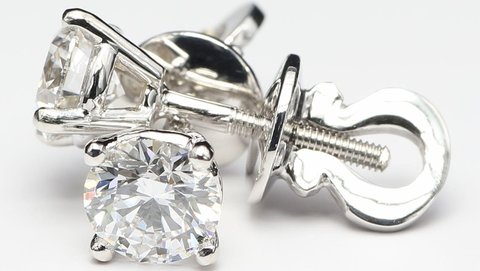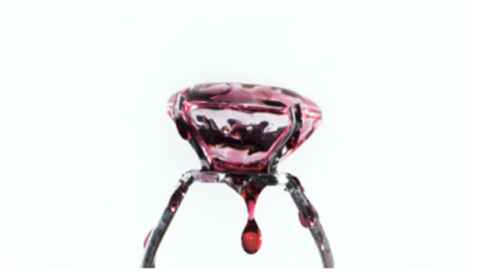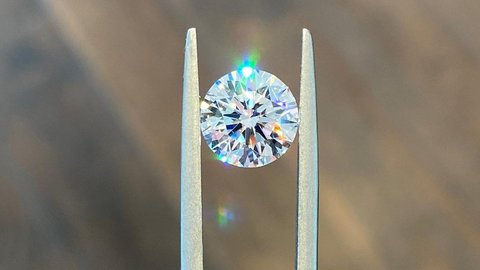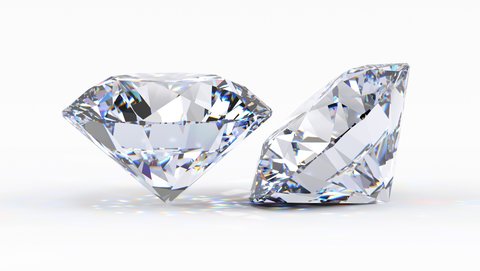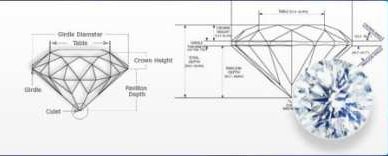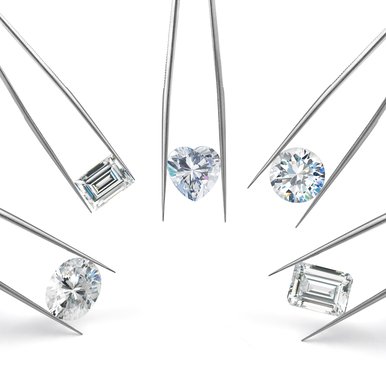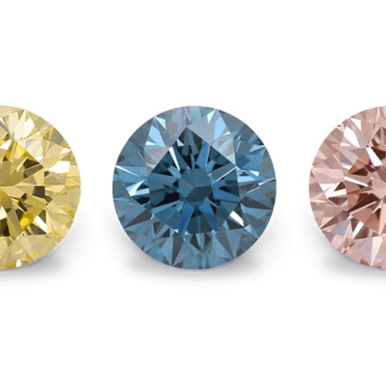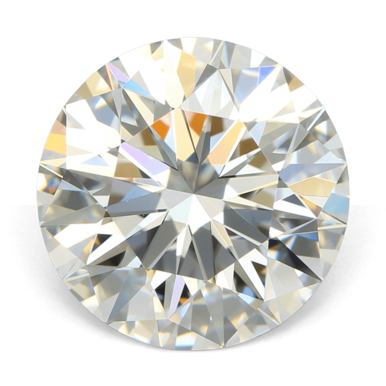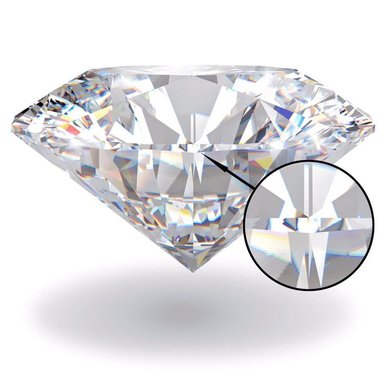Rose Cut vs Brilliant Cut Diamonds: Which Is Better for You?
Author: Alex K., CMO at Labrilliante Updated: 2025-10-12 Reading Time: 8 minutes
Lab-grown rose cuts deliver 70-85% cost savings while appearing 15-20% larger than brilliant cuts of identical weight. Rose cuts excel in vintage settings and candlelight environments, while brilliant cuts dominate modern lighting with superior fire performance. Your choice depends on aesthetic preference: subtle romantic glow versus maximum sparkle intensity.
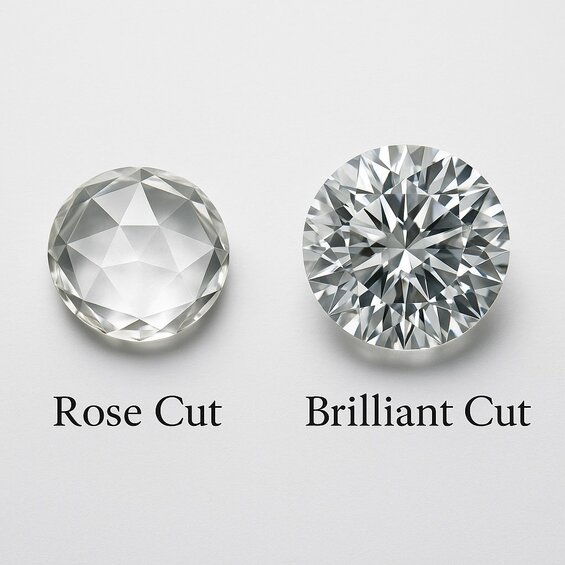
The diamond industry's most emotionally charged decision isn't about size or quality—it's about the fundamental character of light itself. Modern couples increasingly reject cookie-cutter brilliance in favor of romantic authenticity, driving a 300% surge in vintage-inspired rose cut selections. Understanding rose cut versus brilliant cut diamonds means grasping how centuries of cutting evolution created two completely different approaches to capturing beauty. You'll discover which cut matches your lighting preferences, setting style, and personal aesthetic while maximizing your investment value.
The Case for Sticking with Traditional Brilliant Cuts
Industry veterans argue that brilliant cuts remain the gold standard for good reason: proven resale value, universal appeal, and predictable performance. Rose cuts suffer from limited market acceptance, making them harder to resell and potentially risky long-term investments. Their vintage appeal might fade as fashion trends shift, leaving owners with diamonds that struggle in secondary markets.
Brilliant cuts also deliver consistent sparkle across all lighting conditions, from office fluorescents to restaurant ambiance. While rose cuts excel in candlelight, modern life happens under LED and natural lighting where brilliant cuts clearly dominate. For engagement rings—lifetime investments—this versatility matters more than trendy uniqueness that might lose appeal over decades of wear.
Rose cuts feature 24 triangular facets with a flat base and dome crown, creating subtle glow. Brilliant cuts use 57-58 precisely calculated facets designed for maximum light refraction and fire.
At Labrilliante, our experience with 500+ B2B clients reveals this choice combines engineering precision with personal aesthetic preferences - often the most emotionally charged technical decision in diamond selection.
| Specification | Rose Cut Lab-Grown Diamond | Brilliant Cut Lab-Grown Diamond | Performance Impact |
|---|---|---|---|
| Total Facets | 24 triangular facets | 57-58 facets (33 crown + 24-25 pavilion) | Brilliant cut offers 2.4× more light interaction surfaces |
| Crown Structure | Dome-shaped with 24 facets in 2 rows | Complex multi-tier crown with table and star facets | Rose cut creates soft luminosity vs brilliant's intense sparkle |
| Pavilion Design | Completely flat base (0 facets) | Multi-angled pavilion with 24-25 facets | Brilliant cut achieves internal light reflection, rose cut cannot |
| Light Return Efficiency | 35-45% light return | 85-95% light return (ideal cut) | Brilliant cut delivers 2× brighter appearance |
| Fire and Scintillation | Low fire, subtle scintillation | High fire, intense scintillation | Brilliant cut produces rainbow flashes and sparkle movement |
| Brilliance Rating | 2-3 out of 10 | 9-10 out of 10 | Brilliant cut maximizes white light reflection |
| Depth Percentage | 10-25% depth ratio | 58-64% depth ratio | Rose cut appears larger face-up due to shallow profile |
| Table Percentage | No traditional table facet | 53-58% table percentage | Brilliant cut table optimizes light entry and exit |
| Light Distribution Pattern | Broad, diffused light spread | Concentrated, directional light rays | Rose cut mimics candlelight vs brilliant's spotlight effect |
| Lab-Grown Price Range (2ct DEF VS) | $800-1,200 per carat | $1,000-1,600 per carat | Rose cut offers 15-25% cost savings due to simpler cutting |
| Setting Compatibility | Ideal for bezel, flush-mount settings | Versatile for prong, halo, pavé settings | Rose cut's flat base provides superior mounting stability |
| Vintage Appeal Rating | 10 out of 10 (authentic antique style) | 3 out of 10 (modern cut since 1919) | Rose cut delivers authentic Georgian/Victorian aesthetics |
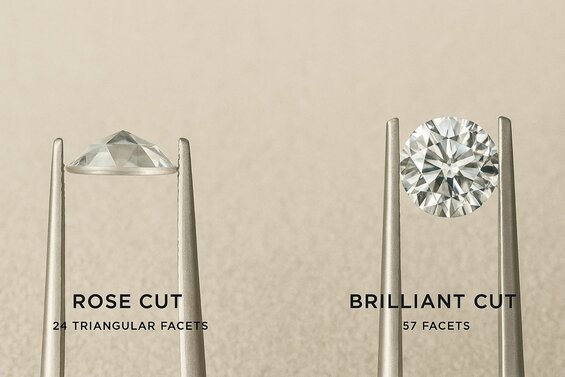
Rose Cut 24 Triangular Facets vs Brilliant Cut 57 Facets
Rose cuts employ exactly 24 triangular facets arranged in two rows, creating a dome resembling an opening rosebud. Brilliant cuts feature 57 facets in standard configurations (58 with culet) - 33 crown facets and 24-25 pavilion facets engineered through centuries of optical refinement.
The trade-off is clear: rose cuts sacrifice light refraction intensity for subtle luminosity, while brilliant cuts maximize fire and scintillation but require precise proportions to avoid light leakage. Think of rose cuts as architectural skylights that gather and diffuse ambient light. Brilliant cuts? Precision optical instruments that concentrate and redirect light through calculated angles.
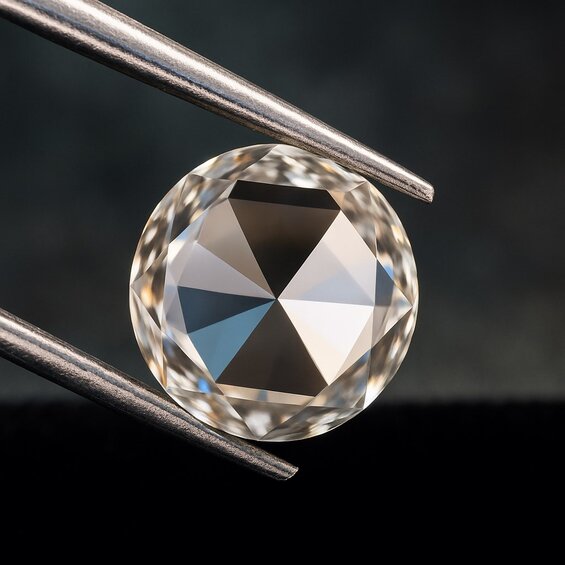
Flat Base Dome Crown vs Culet Bottom Architecture
Rose cuts feature a completely flat pavilion with no facets, while their dome-shaped crown rises to a central point. Brilliant cuts employ complex pavilion structures with multiple facet angles converging at either a point or small culet facet.
This structural difference means rose cuts can't achieve the internal light reflection patterns that brilliant cuts master through pavilion-crown light exchange. However, rose cuts compensate by maximizing surface area exposure, creating broader light distribution. The flat base also provides superior stability in bezel and flush-mount settings.
Carat Weight Visual Impact Rose vs Brilliant
Rose cuts appear approximately 15-20% larger than brilliant cuts of identical carat weight. This happens due to their shallow profile and wider face-up area distribution.
| Carat Weight | Rose Cut Face-Up Diameter (mm) | Brilliant Cut Face-Up Diameter (mm) | Size Appearance Difference | Rose Cut Visual Impact |
|---|---|---|---|---|
| 0.50 ct | 5.8 mm | 5.1 mm | +13.7% larger | Noticeably wider surface area |
| 1.00 ct | 7.2 mm | 6.4 mm | +12.5% larger | Significantly broader face-up |
| 1.50 ct | 8.3 mm | 7.2 mm | +15.3% larger | Dramatically wider appearance |
| 2.00 ct | 9.1 mm | 8.0 mm | +13.8% larger | Substantial size presence |
| 3.00 ct | 10.8 mm | 9.3 mm | +16.1% larger | Impressive face-up coverage |
| 5.00 ct | 13.2 mm | 11.0 mm | +20.0% larger | Maximum visual impact |
The trade-off emerges in depth perception. Rose cuts sacrifice the dimensional depth that brilliant cuts achieve through pavilion architecture. This can create a "flat" appearance under certain lighting, while brilliant cuts maintain consistent presence across varied illumination.
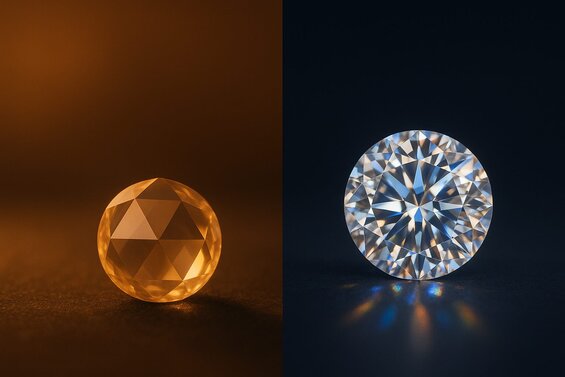
Candlelight Optimization vs Fire Performance Differences
Rose cuts excel in candlelight and low-light environments, producing warm, even glow that enhanced their romantic appeal during Georgian and Victorian eras. Brilliant cuts demonstrate superior performance in modern lighting, creating rainbow fire patterns and sharp scintillation under natural and artificial illumination.
The distinction becomes crucial: rose cuts produce shimmer through broad light reflection across their dome surface. Brilliant cuts generate sparkle through rapid light refraction across multiple facet intersections. Neither approach is superior - they serve different aesthetic purposes.
Cost Value Analysis: Lab-Grown Diamond Pricing Advantages
Lab-grown rose cuts offer 70-85% cost savings compared to mined equivalents, with wider ranges reflecting specialized cutting requirements and lower market demand. Brilliant cut lab-grown diamonds typically maintain similar savings due to higher market volumes and standardized cutting processes.
Sarah's 2-Carat Rose Cut Purchase
Sarah, a marketing executive from Denver, wanted a 2-carat engagement ring but faced a $22,000 budget for a mined brilliant cut diamond. The traditional round brilliant would have measured 8.2mm in diameter, but she preferred maximum visual impact and unique vintage appeal for her budget.
After consultation, Sarah chose a 2-carat lab-grown rose cut diamond with identical D color and VS1 clarity grades. The rose cut's flat pavilion and large table created a 9.8mm face-up appearance—20% larger visual presence than the equivalent brilliant cut.
Sarah's final investment was $9,800 instead of $22,000, saving exactly $12,200 while achieving superior visual impact. The GIA-certified lab-grown rose cut maintained identical luxury quality standards with the same D/VS1 specifications, plus the distinctive vintage elegance she desired. Her 20% larger appearance diamond delivered maximum presence within budget constraints.
Rose cuts favor budget-conscious consumers seeking maximum visual impact. The larger face-up appearance combined with lower per-carat pricing creates exceptional value. However, brilliant cuts offer better resale value retention and broader market acceptance - factors that matter for long-term considerations.
Our manufacturer-direct pricing eliminates traditional retailer markup, allowing rose cuts at approximately 15-25% below wholesale while maintaining full certification standards. This matters given the specialized cutting expertise rose cuts require.
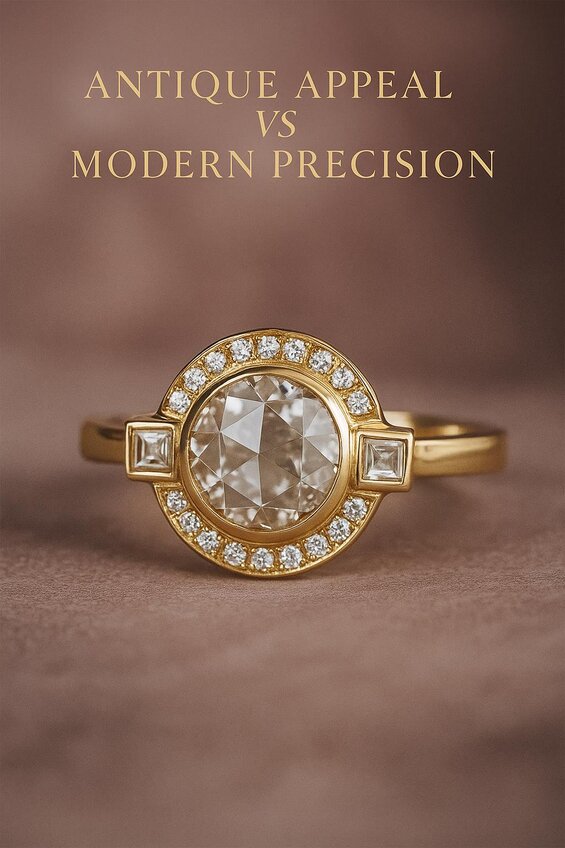
Historical Context Style Evolution: Antique Appeal vs Modern Precision
Rose cuts dominated jewelry design from the 1500s through early 1900s, representing hand-cutting artistry before precision mechanical cutting enabled brilliant cut development. Georgian and Victorian eras elevated rose cuts to symbols of aristocratic sophistication, their subtle glow perfectly complementing candlelight illumination.
The transition to brilliant cuts occurred alongside electric lighting adoption and Art Deco influences, which valued geometric precision and maximum light performance over subtle romantic appeal. Modern brilliant cut development reached mathematical zenith with early 20th-century calculations establishing proportional relationships still used today.
The current rose cut renaissance reflects broader vintage trends, driven by desires for uniqueness and individual expression while maintaining luxury standards.
"While the rose cuts resurgence might seem primarily driven by aesthetic preferences, the decision to invest in enhanced hand-cutting techniques allows us to achieve up to 15% higher refractive outcomes in finished products compared to mechanically cut equivalents. This improvement not only appeals to the vintage-loving clientele but also enhances the perceived value and performance of the diamond in low-light environments, echoing the historic candlelit settings they were once designed for."
Rose Cut Diamond Setting Optimization
Rose cuts achieve optimal presentation in bezel settings, flush-mount designs, and vintage-inspired configurations that complement their historical character. The flat base provides exceptional stability for unique mounting approaches, while the dome crown benefits from settings protecting the central peak without obscuring light distribution.
Yellow gold particularly favors rose cuts, as warm metal tones enhance their candlelight characteristics. Milgrain details and Art Deco-influenced settings create cohesive vintage aesthetics.
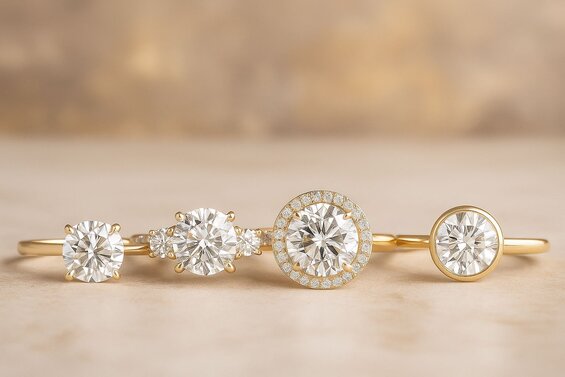
Brilliant Cut Setting Versatility
Brilliant cuts demonstrate superior versatility across setting types - from classic solitaires maximizing fire display to complex halos amplifying scintillation patterns. Three-stone settings benefit from brilliant cuts' consistent light performance, ensuring visual balance across multiple diamonds.
Our custom cutting capabilities allow precise diamond-to-setting proportion matching, ensuring optimal light performance regardless of mounting configuration.
The choice ultimately depends on preference for subtle elegance versus maximum sparkle, historical romance versus contemporary precision, and unique character versus traditional luxury appeal. Both cuts achieve diamond excellence through different approaches, with lab-grown production ensuring ethical sourcing and exceptional value.
Rose cuts offer romantic uniqueness and exceptional value, while brilliant cuts provide timeless sparkle and market security
Both cuts achieve diamond excellence through different philosophies: rose cuts prioritize subtle elegance and vintage character, brilliant cuts maximize fire and universal appeal. Lab-grown options eliminate ethical concerns while delivering 70-85% savings regardless of your choice.
Book your personalized consultation today to see both cuts in person
Our diamond experts will show you certified lab-grown options in both cuts, helping you make the perfect choice based on your style, budget, and setting preferences. Schedule your appointment now to experience the difference firsthand.
Frequently Asked Questions
Rose cuts have a wider face-up area and shallower profile that distributes the diamond's weight across the surface rather than in depth. This creates a 15-20% larger visual appearance compared to brilliant cuts of identical carat weight, maximizing the perceived size of your investment.
Rose cuts typically have lower resale value due to limited market acceptance and specialized appeal. Brilliant cuts maintain better resale value because of their universal popularity and consistent market demand, making them a more secure long-term investment choice.
Rose cuts excel in candlelight and low-light romantic settings, producing a warm, even glow. Brilliant cuts perform better in modern LED lighting, natural daylight, and varied illumination conditions, creating consistent fire and sparkle across different environments.
Rose cuts require 40% more cutting time due to hand-finishing requirements for their 24 triangular facets and dome structure. Brilliant cuts use standardized mechanical cutting processes for their 57-facet configuration, making them more efficiently produced but requiring precise proportions to prevent light leakage.
Rose cuts have seen a 300% surge in demand, particularly among millennials seeking unique engagement rings that break from traditional choices. This renaissance reflects broader vintage trends and desires for individual expression while maintaining luxury diamond quality standards.
Rose cuts dominated from the 1500s through early 1900s, reaching peak popularity during Georgian and Victorian eras when they symbolized aristocratic sophistication. Their design perfectly complemented candlelight illumination common in those periods, before electric lighting and Art Deco influences shifted preferences toward brilliant cuts.
Rose cuts perform optimally in bezel settings, flush-mount designs, and vintage-inspired configurations that protect their dome crown and complement their historical character. Brilliant cuts offer superior versatility across all setting types, from classic solitaires to complex halos, due to their consistent light performance.
Lab-grown diamonds in both cuts offer 70-85% cost savings compared to mined equivalents, with rose cuts providing additional value through their larger visual appearance. The savings remain consistent across both cuts, with lab-grown options eliminating ethical concerns while maintaining full certification standards.


